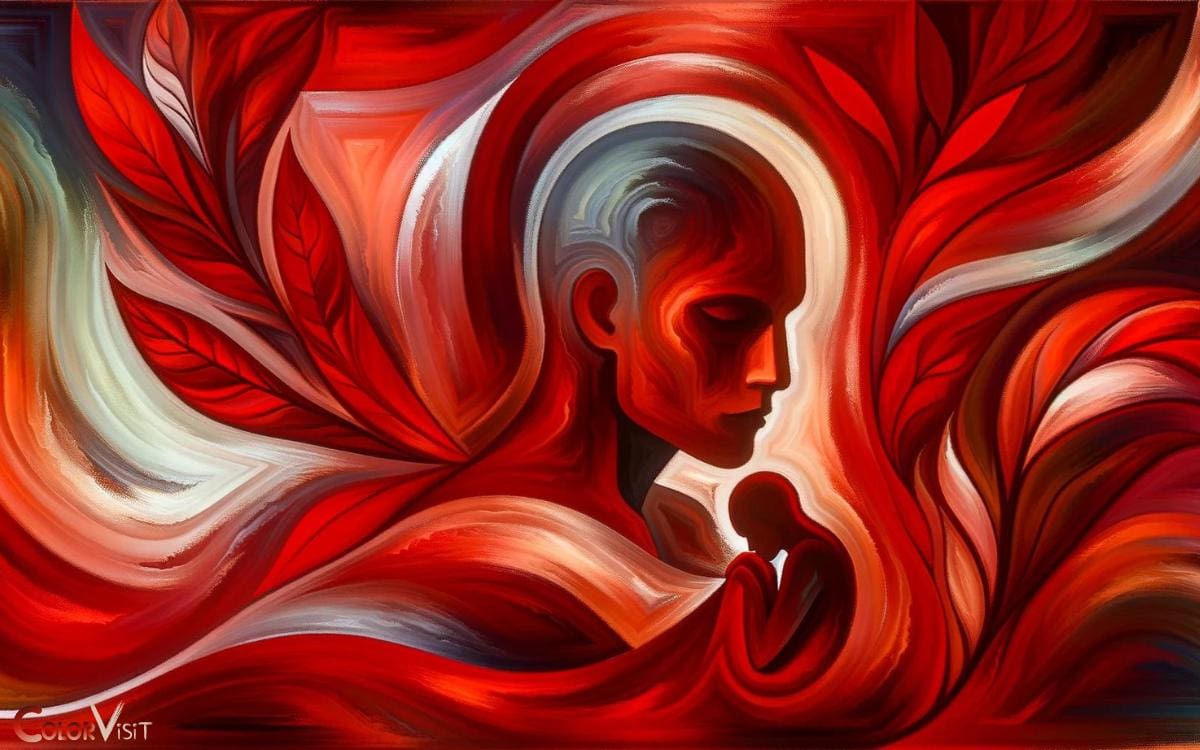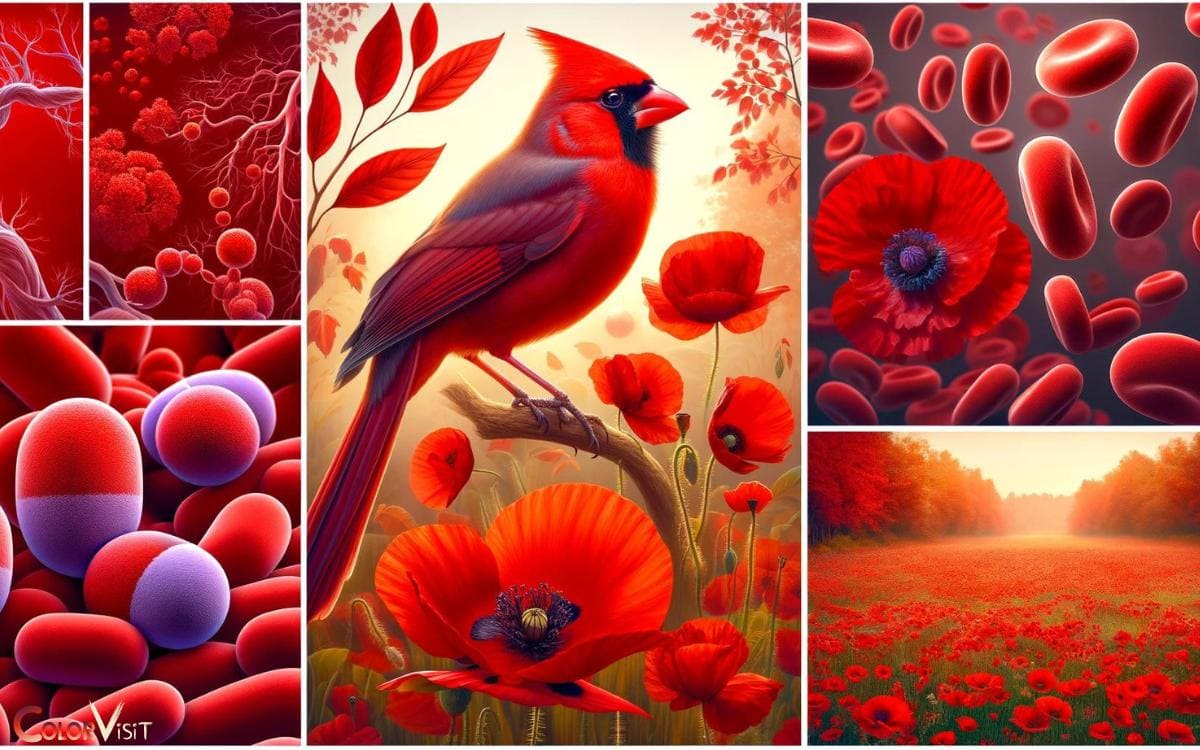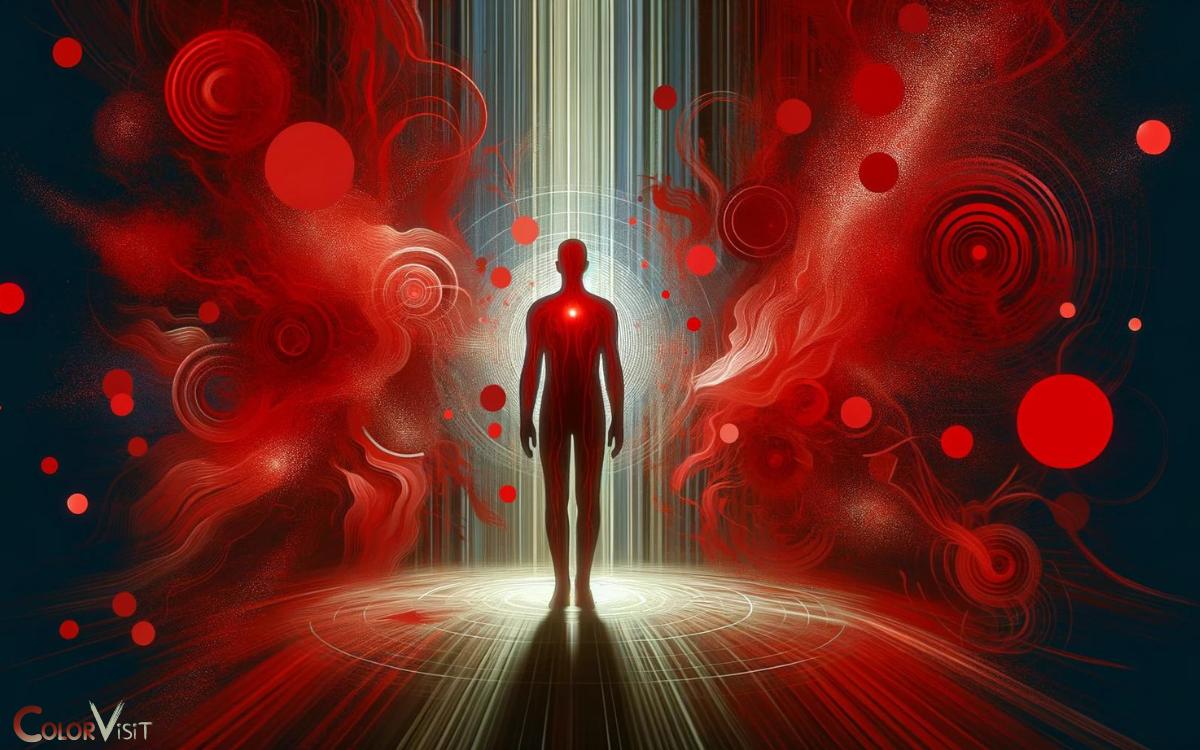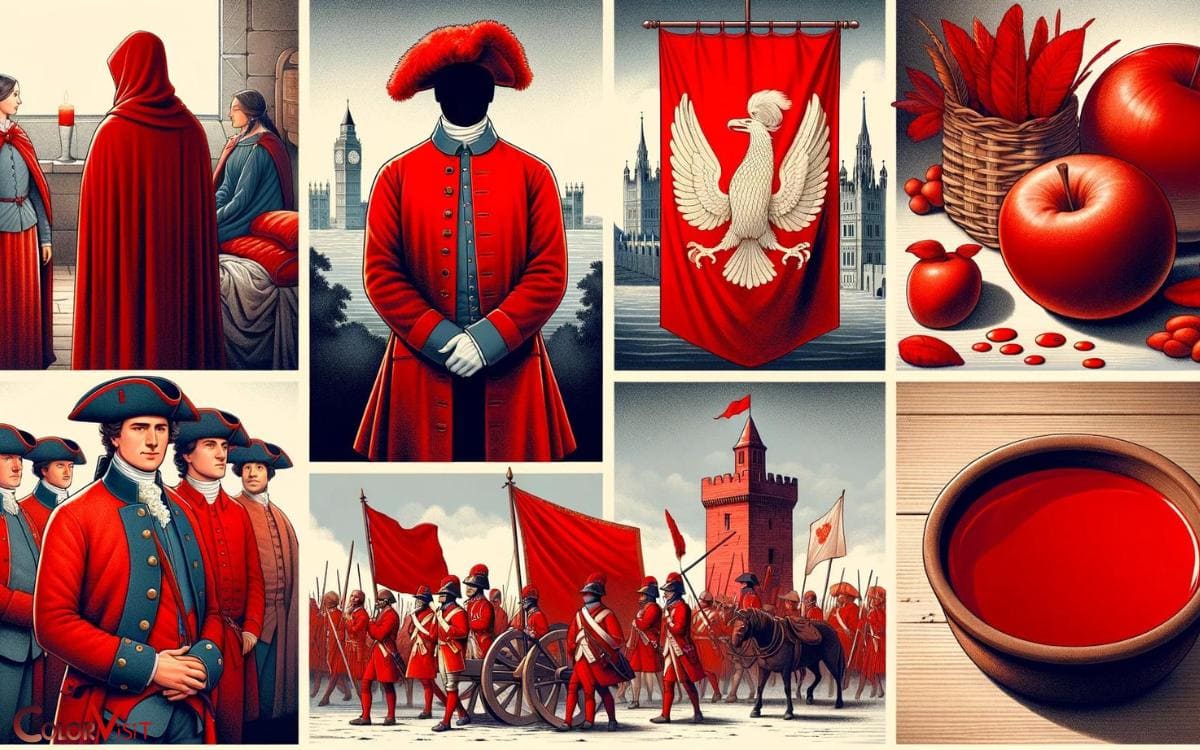Facts About the Color Red: Passion!
As a symbol of power, passion, and vitality, red’s potent influence on human emotion and behavior makes it a compelling topic of study.
Understanding the color red involves exploring its historical, cultural, and psychological associations.
Delving into the world of colors, specifically red, offers a riveting journey across history and cultures. Used as a symbol of passion, power, and vitality, red wields a unique influence on human emotions and behaviors.
For instance, it’s often used in marketing and branding to stimulate urgency and increase heart rate.
From the allure of a red rose to the excitement of a red sports car, the color red’s diverse meanings and influences continue to captivate our global society. It’s not just a color; it’s a symbol loaded with emotions and significance.
Key Takeaway
The Symbolism of Red
Symbolizing passion and power, the color red carries deep cultural and emotional significance across various societies and traditions.
- Its symbolism is rooted in cultural significance, often representing love, anger, and vitality. Red evokes a range of emotional impact, from feelings of warmth and comfort to danger and aggression.
- The psychological meaning of red is linked to increased heart rate and appetite, as well as heightened attention and alertness. In many cultures, red is used in celebrations and rituals, signifying good fortune and joy.
Its association with powerful emotions and physical responses makes red a color that commands attention and leaves a lasting impression.
Red’s Influence on Human Emotions
The color red has a profound influence on human emotions, evoking feelings of passion, energy, and danger.
Throughout history, red has been associated with strong emotions and has the power to stimulate and excite individuals.
Understanding the psychological impact of the color red can provide valuable insights into its role in shaping human behavior and responses.
Red and Passion
Associated with intense emotions, red evokes a sense of passion and power in human psychology and behavior.
- This vibrant color has a profound impact on human emotions and plays a significant role in various aspects of life, including passion and fashion.
- In the realm of fashion, red is often associated with confidence, sensuality, and boldness, making it a popular choice for individuals looking to make a striking statement.
- Furthermore, red holds great significance in marketing and branding strategies, as it has been found to capture attention, stimulate appetite, and create a sense of urgency.
Whether used in fashion or marketing, the color red has a remarkable ability to evoke strong emotional responses, making it a potent tool for those seeking to convey passion and intensity in their endeavors.
Red and Energy
Eliciting a sense of vitality and dynamism, red exerts a palpable influence on human emotions, igniting feelings of energy and vigor.
This powerful color plays a pivotal role in various aspects of human life, including:
- Red in Branding: Many brands utilize red in their logos and marketing materials to convey a sense of excitement, passion, and energy. This strategic use of red helps to captivate attention and create a lasting impression on consumers.
- Red in Sports Performance: Studies have shown that athletes exposed to the color red prior to competing exhibit higher levels of performance and strength. The color red is believed to evoke a sense of urgency and determination.
- Red’s Influence on Human Emotions: In various psychological studies, red has been associated with increased heart rates and heightened emotional responses, demonstrating its ability to evoke feelings of energy and intensity.
As we delve into the impact of red on human emotions, it becomes apparent that its influence extends beyond mere aesthetics and delves into the realm of human performance and experience.
Moving on to the subsequent section about ‘red in nature and biology’, it is important to explore how the color red influences various aspects of the natural world.
Red in Nature and Biology
Red is a prominent color in nature and biology, playing a significant role in various aspects of the natural world. In animal signals, red is often used to communicate danger, dominance, or sexual attractiveness.
Additionally, red pigments in plants contribute to their ability to photosynthesize and attract pollinators. Red blood cells, on the other hand, are essential for oxygen transport in vertebrates.
Red in Animal Signals
Many animals use the color red as a signal for various biological and behavioral purposes. In the realm of animal communication, red signals play a critical role in conveying important messages and maintaining ecological balance.
Here are three significant ways red is utilized in animal signals:
- Mating displays: In the animal kingdom, red is often associated with mating signals. For example, in birds, the vibrant red plumage of male cardinals serves as a signal to attract potential mates.
- Warning signs: Several species use red as a warning signal to deter predators. For instance, invertebrates like ladybugs and some poisonous snakes display red coloration as a warning to predators of their toxicity.
- Social interactions: Red signals are also used in social interactions, such as establishing dominance or signaling submission within a group, as observed in primates and fish.
Red in Plant Pigments
Incorporating red pigments into their structures, plants utilize this color to attract pollinators and protect themselves from environmental stressors.
- The most common red pigment in plants is anthocyanin, which plays a vital role in attracting insects and birds for pollination.
- Additionally, these pigments act as a sunscreen, shielding plants from high-intensity light and UV radiation.
- Red pigments also serve as antioxidants, helping plants combat the harmful effects of free radicals.
- Moreover, the presence of red pigments in the leaves of plants during autumn is a result of changes in the photosynthesis processes, indicating the breakdown of chlorophyll and the exposure of other pigments.
Understanding the significance of red pigments in plant biology not only sheds light on their adaptive strategies but also inspires innovative approaches in agriculture and horticulture.
Red blood cells play a pivotal role in maintaining proper blood circulation and sustaining adequate hemoglobin levels, essential for overall well-being and vitality.
Cultural Meanings of Red
Throughout various cultures, the color red holds significant symbolic and traditional meanings. In many cultural traditions, red symbolizes auspiciousness, good fortune, and joy.
- For example, in Chinese culture, red is commonly used in festivals, weddings, and other celebrations to bring luck and happiness.
- Meanwhile, in Indian culture, red is associated with purity, sensuality, and passion, often used in wedding attire and religious ceremonies.
- In some African and Native American rituals, red represents vitality, strength, and courage, often used in body painting and traditional dances.
- The symbolism of red in different cultures reflects the diverse interpretations and significance attached to the color.
These cultural meanings of red showcase the rich tapestry of human traditions and the enduring impact of color symbolism on societal rituals and practices.
The Psychological Impact of Seeing Red
The sight of the color red can evoke various psychological responses in individuals, impacting emotions, behaviors, and perceptions.
- Physiological Reactions: When individuals see the color red, their bodies may experience physiological reactions such as increased heart rate and heightened senses.
- Impact on Marketing: In marketing, the color red is often used to create a sense of urgency and importance. It can stimulate appetite, making it a popular choice for food and beverage brands.
- Emotional and Behavioral Effects: Red is also linked to strong emotions such as passion, love, and anger. It can influence people’s behavior by creating a sense of urgency or by signaling caution and danger.
Understanding the psychological impact of seeing red is essential for leveraging its effects in various contexts, especially in marketing and communication strategies.
Red in Art and Design
In the realm of art and design, the color red is often employed to evoke powerful emotions and create striking visual impact.
- Red’s bold and energetic nature makes it a popular choice in fashion, where it can convey confidence and passion.
- In branding, the color red is frequently used to grab attention and create a memorable impression.
- Many well-known brands strategically incorporate red into their logos and marketing materials to stimulate excitement and urgency.
- The use of red in art and design is not only visually arresting but also carries deep cultural and psychological associations.
Whether it’s the dramatic flair it adds to fashion or the dynamic branding strategies it enables, the color red continues to be a powerful tool for innovation and creativity in the world of art and design.
Historical Significance of the Color Red
Exploring the historical significance of the color red reveals its enduring symbolism and influence across cultures and time periods.
- Red in ancient civilizations: The color red held significant importance in ancient civilizations such as Egypt, where it was associated with life, victory, and power.
- Evolution of red symbolism: Over time, the symbolism of red has evolved. In medieval Europe, red was associated with courage, passion, and the divine. During the Renaissance, red became linked with wealth and social status.
The historical significance of red reflects its multifaceted and ever-changing cultural symbolism.
Conclusion
The color red holds great significance in various aspects of human life. From its symbolism and cultural meanings to its influence on emotions and psychology, red plays a significant role.
Like a vibrant flame that ignites passion and energy, red leaves an indelible mark on art, design, and history.
It is often associated with intensity, power, and excitement. Many artists and designers use red to create bold and eye-catching visuals that command attention.
Furthermore, throughout history, red has been used to symbolize important concepts such as love, courage, and revolution.








